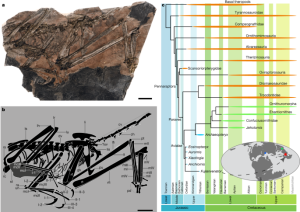
There is a lot of cancer research with gross imbalances
Inequalities in funding and implementation of cancer research in low- and middle-income countries: The case of the U.S. and the UK
Cancer research attracts billions of dollars in funding every year from governments, charities and other institutions. This helps establish the field as a cornerstone of scientific activity in many countries.
We are witnessing huge technical leaps in both surgery and radiotherapy, and artificial intelligence. Surgical oncology has been dramatically changed, not just by the introduction of more advanced minimally invasive surgery, but also robotics. Premium pricing and a host of real-world implementation issues make these new technologies very similar to cancer medicines. Even though minimally-invagant surgery has been an improvement for cancer types in low- and middle-income countries (LMICs), long learning curves, lack of interoperability, and overall costs still exist. The market forces created by robotics favour affluent patients at the expense of more equitable service delivery, according to good evidence. The state of global radiotherapy research reflects similar inequalities, with most of the research focused on high-income settings and technical innovation, and less than 2% of global R&D focused on implementation.
A plethora of cancer medicines approved for market every year do not deliver clinically meaningful benefit. Only 34% of the approvals for solid adult cancer therapy by the US Food and Drug Administration were graded as delivering substantial clinically meaningful benefit by the European Society for Medical Oncology Scale.
Harvard University in Cambridge, Massachusetts, has the world’s leading Share of cancer research, and more than one-fifth of its total Nature Index output is in this area. The National Institute of Health, a funder of cancer research in the United States, has a high Share. Stanford University in California has a Share of 343, despite just 11% of its overall Nature Index output for the period 2018–22 being related to cancer research.
The Japan Society for the Promotion of Science allocated the most money for cancer research from 2018 to 2022 among Asia-Pacific funders listed in the Dimensions database. Around $860 million was the total amount of its grants. The National Natural Science Foundation of China provided 11,910 grants worth $810 million.
Some outliers are highlighted. Cancer research has a high amount of output from specialist cancer centres. But two in the United States, the Memorial Sloan Kettering Cancer Center in New York City and University of Texas MD Anderson Cancer Center in Houston, Texas, are clear of other specialist institutions on Share.
